The Tunze Stream Turbelle 6105 can be considered as the main product of the lineup of the Tunze pumps. This is because they can be used in aquariums from 300 to 400 liters, which are the ones most advanced aquarist chose to use today. These are those aquariums that are larger than a nanoreef but smaller than a 500 lt.
In this way they can still provide a decent catchment area, especially if we consider that 120cm aquariums of length are the ones which have the best ratio among quality/price/performance for keeping sps corals, which is reason why aquarist buy these pumps.
These pumps are electric and in order to be controlled with precision they work between 12 and 24 volts and are capable of giving a declared flow rate of a minimum of 3.000 liters per hour and a maximum of 13.000 liters an hour. The maximum power consumption indicated is of 35 watts. Without any further data we can say that the maximum power is set to be 371 liters for every watt consumed. It has a very respectable performance. When looking at the pump from another perspective, we can see that the cost of the unit is of 274,30 euros, so we can say that it has an economic efficiency of a movement of 47 liters for every euro spent. Obviously the pump can be sold at lower prices on the market; this means that the efficiency for every euro spent will be a bit higher.In order to fairly compare the tunze 6105 to what we can find around in today’s market we can look at its sister pump, tunze 6205 of 20.000 liters per hour and a consumption of 48 watts, which has an economic efficiency of 458 liters per watt and a cost of 436,60 euros which means an economic efficiency of 50 liters per euro.
If instead we decide to compare the direct competitor of the Tunze 6105, the Ecotech Marine mp40, which states that it has a consumption of 13.000 l/h and a consumption of 28 watt and so it will be more efficient as it will have 464 liters for every watt consumed. This is mainly because it has a “magnetic drive motor”, but we will talk about this matter further on when we will be doing full comparison between the two pumps.
The economic efficiency is not easily quantifiable if we do not also consider the Tunze Stream multicontroller. Its efficiency will increase as the number of pumps plugged into it increases. The multicontroller can control up to 4 pumps meanwhile the Vortech pumps have the controller within each pump.
In the configuration I am going to illustrate a compare 2 6105 pumps with the new multicontroller 7096, with a total price of 687 euros according to the price list. On the other hand, the 2 Vortech pumps mp40’s would have a total cost of 439 per pump, which would mean a total amount of 878 euros. When comparing the economic efficiency of the two pumps, Tunze would have 38 liters per euro and Ecotech Marine would have 30 liters per euro consumed.
Also if we have seen the extreme differences between these two products, the economic efficiency would be the last parameter of interest to consider.

The two Tunze Stream 6105 have been running in my aquarium for 7 months, a period I consider important to learn and understand in depth whichever product.
Tunze’s Stream pumps have always been considered very reliable products and since 2001, the moment I became passionate for the aquatic world, I have always herd that Tunze were the best and those were the time when we used to talk about remarkable Tunze 6000 or 6001. The new 6105 from this point of view, are no exception; it illustrates a long lasting operation without any problems functioning. Neither of the two pumps I have showed or gave any malfunctions or failures, they always worked with perfection.
The exterior part of the pump has a spherical body and it can adapt to any possible situation it is put in thanks to its magnet that it comes supplied with. The stream is made possible by a grid placed on top of the head of the propeller of the impeller, which roughly has the same size of the impeller. Meanwhile, the water intake is placed anywhere behind the grid, which makes it a lot more difficult for the pump to get clogged. From this perspective, there have been a lot of improvements from the older 6000/6001 pump, which took a lot more space and had a lot less water intakes.
Another important addition is the adoption of the magnet as standard method to attach the pump to the glass, it is set to be a revolutionary method, also if today it can be seen as a typical standard. This eliminates the need of other equipment which was needed to position the pump on the glass of the tank, making the pump simpler and more freedom of positioning the pump in the aquarium, which is something that could have not been done before. Remembering this today seems irrelevant, but I believe that it helps us remember the history of the evolution of pumps over the years for who have lived during these fast changes in the technology.
The Tunze 6105 is composed of a spherical body, a 220v/12-24v transformer, a mechanical potentiometer that allows us to set up the pump power between 3,000 and 13,000 liters per hour, a two part magnet which keeps the pump positioned of which one is positioned outside of the glass and the other one inside the tank. The magnet inside the tank has four blue pin attachments which are called silent blocks; these connect the magnet to the structure of the pump, they has the specific task to keep decrease the vibrations of the pump, which I can say is a task performed in an outstanding manner by the unit.
As we have seen previously, power is irrelevant if you do not have control over it. The two pumps go along with the new four-channel multicontroller 7096 which distinguishes itself from the previous model, the 7095 for totally being controlled by a computer with a usb cable. The physical device is much smaller and is able to offer a wider range of programming and customizations. The device is a lot smaller and it just has one button to temporary switch the pump off in order to feed the fish. By pushing the button the multicontroller automatically turns off the pumps for the period which has been set forth by the user. The multicontroller is also equipped with an ultra-bright white LED light that acts as moonlight, which also has a light meter, which can detect light brightness and reduces the flow of the water through the pumps at night. Further on we will cover more details on the multicontroller.
There are only two test measurements I could analyze for this experiment: one relative to the noise the pump makes and one relative to the pumps consumption.
I recorded the same value from the sound level meter for both pumps when they were on and off. The meter has always recorded a value between 40 and 40,5dB, this performance recorded can be considered extraordinary since I got the same level of noise when the pumps were not in motion.
What is more complicated to understand is the detection of the instantaneous energy consumption.
In order to measure the consumption of the pump, I got a amperometric pliers which recorded a stream level of 0.072 when the stream level was at a minimum and of 0.156 when the stream level of the pump was put to its maximum. Unfortunately, in this particular case it was not possible to detect the power factor , but I presume it is around 0.8. This means that the recorded value of the current absorbed, thus of the power it has would be the following:
Stream Pump 6105, engine at the minimum has a capacity of 3.000 l/h: 0,072A x 220V x 0,8 (cosfi)= 12,67 watt
Stream Pump 6105, when the engine is at its maximum it can have a capacity up to 13.000l/h: 0,156A x 220 V x 0,8 (cosfi)=27,45 watt
The values appear to be slightly higher from what Tunze declares, but by not being able to measure the shift, the value will only be useful when comparing this pump to other pumps with the same measuring criteria.
As already stated the pump has proven to be very reliable, the flow is well balance and evenly distributed, although when the pump is set to its maximum and there is fine sand on the base this is likely to move. As previously shown in the measurements above, when the pump operates it is extremely silent, even if the sound of the motor can be herd when the pumps are working simultaneously with a very low wave time, in the order of 1 or 2 seconds.
A negative aspect when comparing the new to the old 6000/6100 stream is that they no longer present a whistle alarm. This was very useful as it signaled when the pump was blocked. It give the person the ability to act quickly to repair the malfunction, meanwhile today it is important to keep an eye on the pump in order to make sure it is properly functioning.
Apart from this the pumps are virtually non-noticeable, as they do not transmit any perceptible vibrations to the glass as they are equipped with pins called silent blocks which have a blue color and do their job very well.
The flow of the pump is quite narrow, also if it is wider than the stream generated that the Stream 6×00 would generate. Although, today the comparison should be done with the flow created by the Ecotech Marine Vortech MP-40W, which has a wider flow than the one generated by the 6105.
In order to address this problem and to widen the flow of the stream it possible to change the cover of the front part of the pump with the one used by the bigger Tunze pump, the 6205. This can be seen in the picture below.
The surface of the original dome measures approximately 16,6 cm squared, meanwhile the surface of the dome of the 6205 measures 27,3 cm squared. The surface of the pump has been increased by 64%, which makes room for a wider stream range.
This will inevitably lead to a much wider stream, although it will not be at Vorthech’s level, but it will certainly be more powerful. Limiting ourselves to the comparison of the two structures of the pump, we can perceive that a reduction in the range and a greater smoothness. In my tank which is full of hard corals I have to lower the flow of the water with the original body structure because at it maximum the flow would be too strong, while by having the wider cap I can manage to keep the flow at its maximum and maintain a good water circulation.
I would like to remember that my tank measures 130x60x50h cm, not that small of a tank.
In any case I never felt that the flow of the water was insufficient, actually the flow of the water has always been quiet strong… sometimes it could have been a bit too strong as the sand would lift up from the bottom of the tank and some frags could fall off.
Another difference between the two caps of the pump is the presence of a security grid which is provided in the original cap, that when used will slightly reduce the flow of water.
The magnet kit provided with the pump should be sufficient to be used for glass with a thickness up to 19mm. Because of the growing problem with the increase in price of neodymium (read on more) , in the future the pumps will be sold with a smaller magnet that can keep the pump positioned on glasses which are up to 15mm thick. Since my pumps still have the old 19mm magnets I will show you the pictures…
Something to note are the four small rubber pads which are placed on both magnets in order to prevent the glass from any damage.
The back part of the magnet will remain the same and I can ensure you that the statement on the magnet “very strong magnet” is absolutely true. If they were to attach outside of the water it would be extremely difficult to separate them.
The pump consists of a 24v power supply, the structure of the pump and a multipolar connector which serves to connect the power supply to the pump’s body. Then there is the outlet to connect the pump to the multicontroller (or just a normal controller).
On the cable connector there is a white knob which can be used to adjust the flow of the pump from 3.000 up to 13.000 liters/hour but with not much accuracy. However, this can be very useful if you decide to use the pump without the Tunze controller.
The pumps are compatible with virtually every controller Tunze has released on the market, however I have chosen to purchase the 7096 multicontroller which is the latest model presented by the company. The 7096 multicontroller which is known because it is particularly small only has one button to stop the pumps in order to feed the fish and a USB output in order to connect your PC and set it up with the software provided. Inside the package there is also a 5 meter USB cable to make it easier to connect your PC to the multicontroller.
In this picture we can see the interior of the cabinet next to the aquarium where I set up the multicontroller and a box containing the two transformers.
The green LED’s on the multicontroller indicate which pumps are currently operating.
The software that manages the multicontroller is both compatible for Windows and for MacOSX, this is something which seems to be appreciated, as this is something uncommon to find in the market for controllers for aquariums.
Illustrated above is the program’s interface for Mac, although the interface for Windows appears to be identical.
Shown above is the setting used for the past 3 months. There are 3 modes: pulse, interval and sequential. With the last software update (unfortunately not available yet for Mac), there also is the interval 2 mode. The pumps run with a pulse mode function with an overlapping sequential or with sequential intervals. Lastly, the last mode is interval mode in which the pumps that are part of the second sequence perform at their minimum.
In the “power control” group are indicated the powers of each individual pump, from the minimum to the maximum, the pulse interval, the sequence activated or the casual currents depending on how we have set up the settings of this particular mode.
In the “options” there are a variety of choices you can chose from to set up the time in order to manage the time set to feed the fish, there is also the possibility to set up when the night mood should be turned on in order to switch the LED moonlight on, the possibility of setting the option to lower the flow of the pumps during the night according to what the light sensor is measuring and the last option (storm cycle) which consists of bringing the flow of each pump at its maximum for 15 minutes at each interval (for me it was every 8 hours) in order to move the sediments that accumulated on the rocks off.
Then of course there is also a mode for operating the wave system.
The controller resulted to be an extremely valid product which can be configured very well. Obviously, in order to configure it properly and accurately you will need to use a computer. Once it has been configured we will have simple controller with only one button to use, the most useful button, that will be pressed every time the fish have to be fed.
CONCLUSIONS:
These pumps are one of the best products that are available on the market today. They are produced by a company which has been a leader in the industry already for several years, they are manufactured with great attention and they do not have any inherent weakness.
Their flow is fairly distributed and is wide, furthermore the 7096 multicontroller illustrates many varieties of options that can be customized.
Can we say they are perfect? Unfortunately not. If had answered this question without knowing about the Vortech, I would of definitely said: yes! But on today’s market the Vortech are present… which can be considered a complementary product to the Stream. The weaknesses that can be considered venial for one can be considered the strengths for all the others.
In fact, the only major weakness of the Tunze Stream 6105 is the space they occupy inside the tank, which unfortunately has not decreased and that certainly does not look good when comparing themselves to their direct competitors, Vortech. However, we have to recognize that the Stream 6105 is incredibly silent.
Within a few weeks I will also publish a review of the Vortech mp40w pump (read the review), then I will publish an article doing a direct comparison between the two products, so I do not want to anticipate much yet on comparing the two products as this will be shown in the last article I will reveal on this topic.
I believe that the Tunze Stream are a good buy, they have a modular flow, yet very powerful which does not have any problems to take account of a tank that is 130 cm containing hard corals. When making the final purchase between the 6105 and the mp40 it is really a subjective choice the customer has to make considering his needs and wants.
(Translated by Riccardo Badinotti)



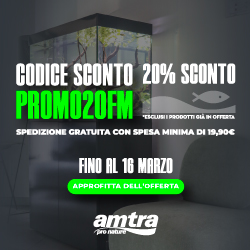






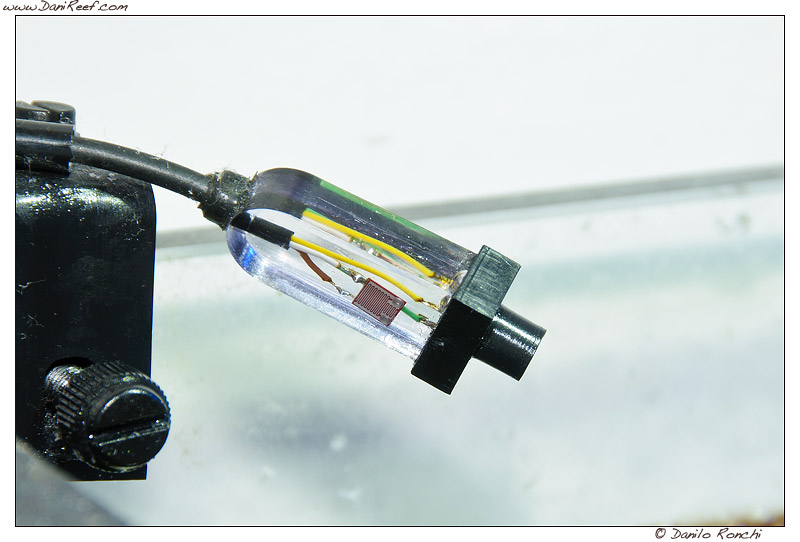










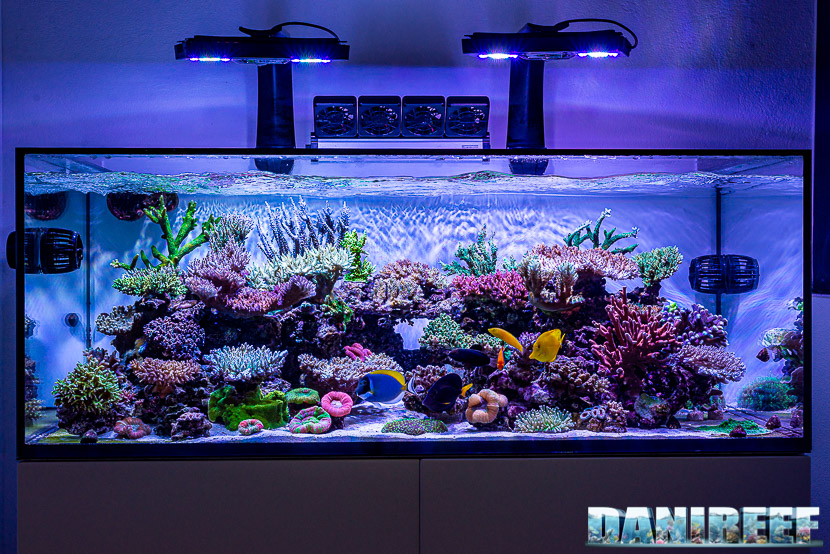
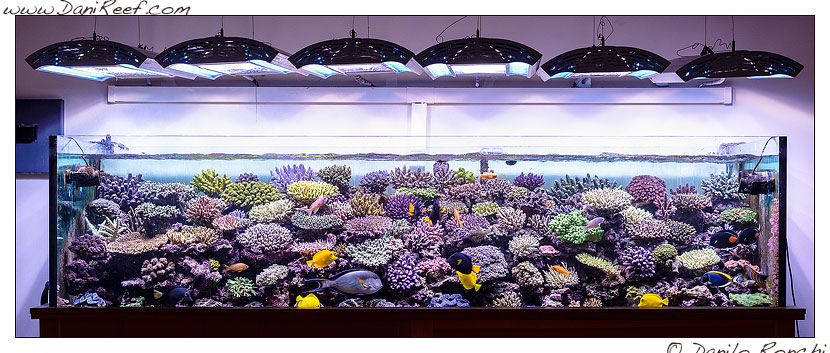


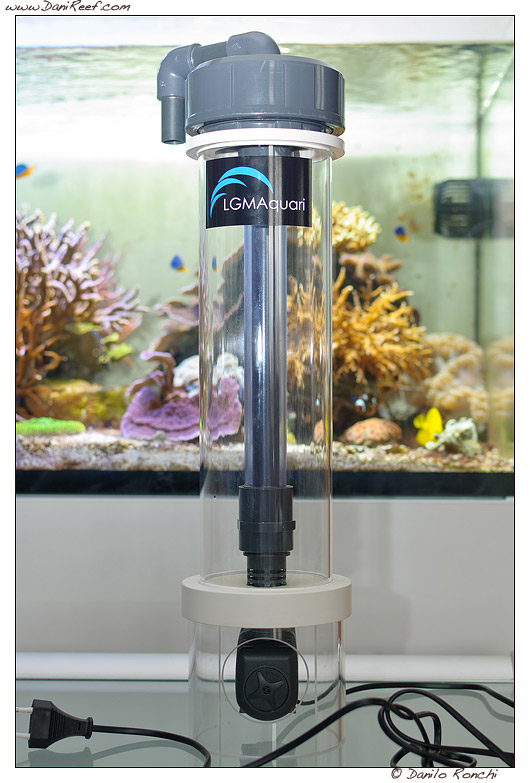
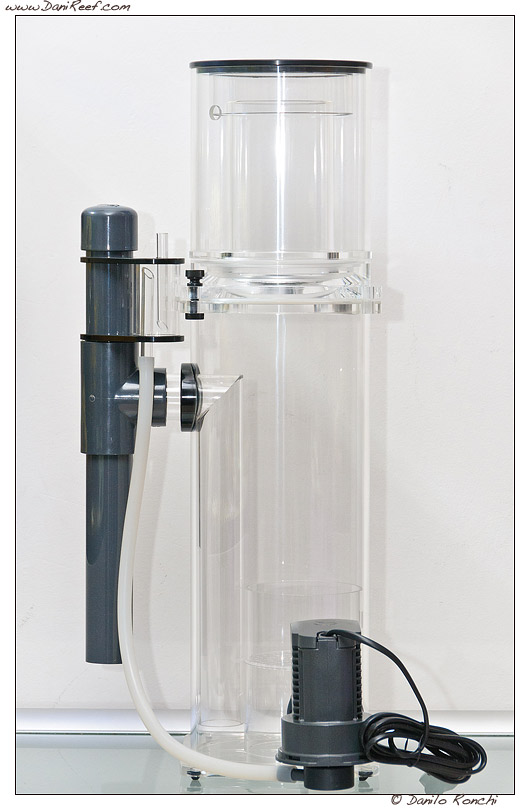


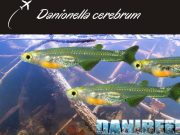
[…] pump in my tank from 2008 till 2010, with the exception of last year when I decided to insert two Tunze Stream 6105. But for the last 4 months I have decided to reinstall the VorTech pump in my system after […]